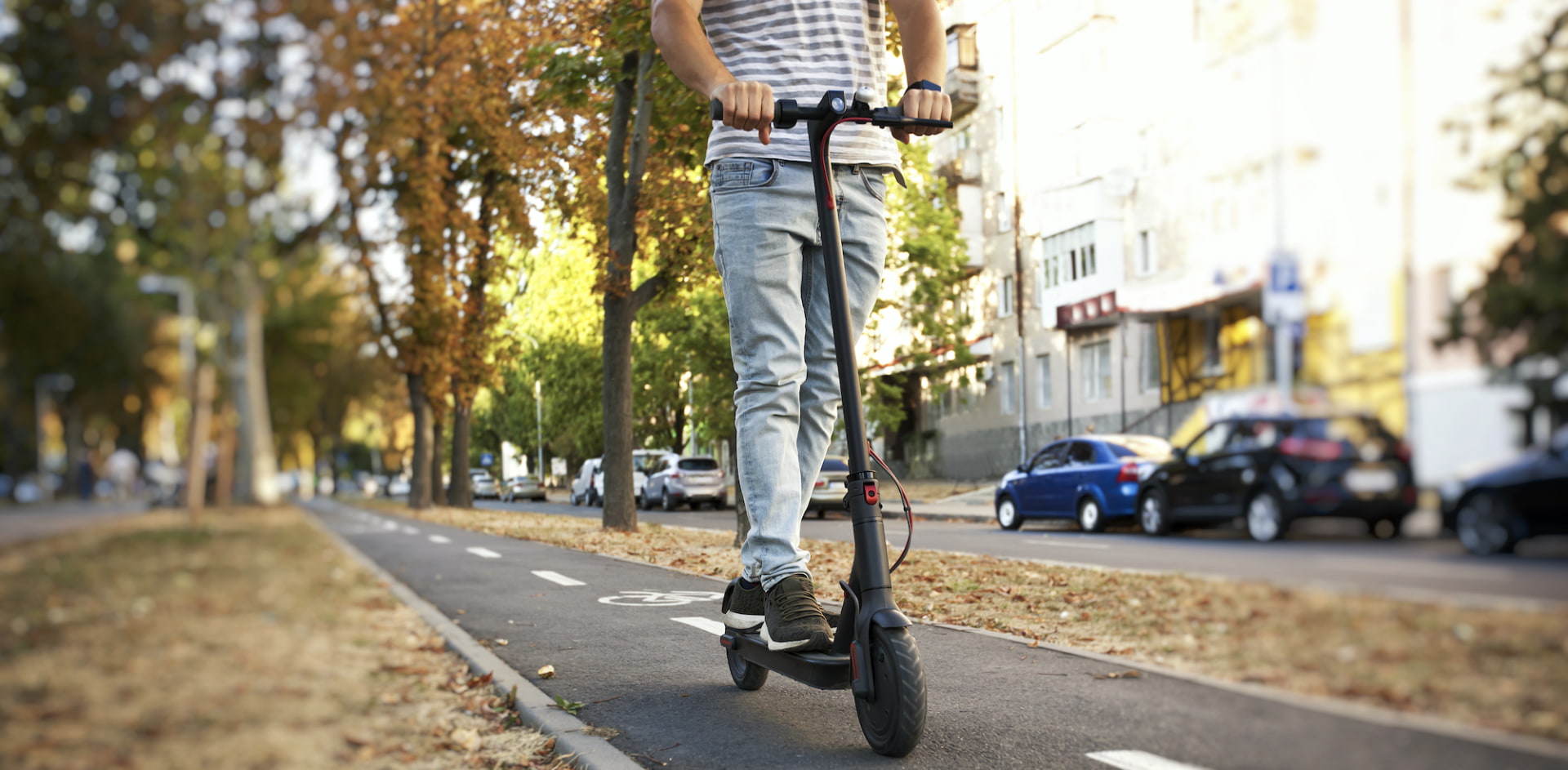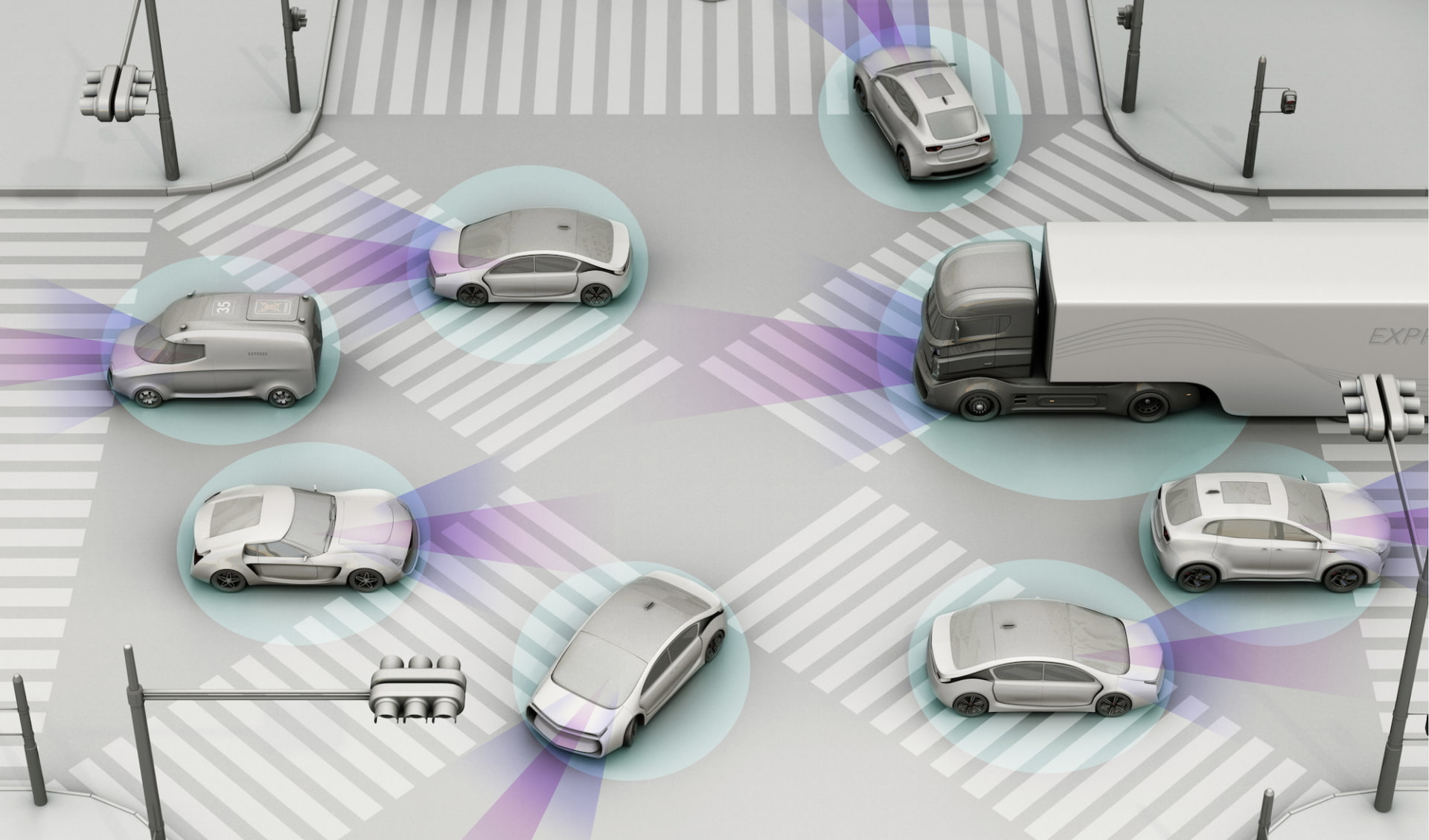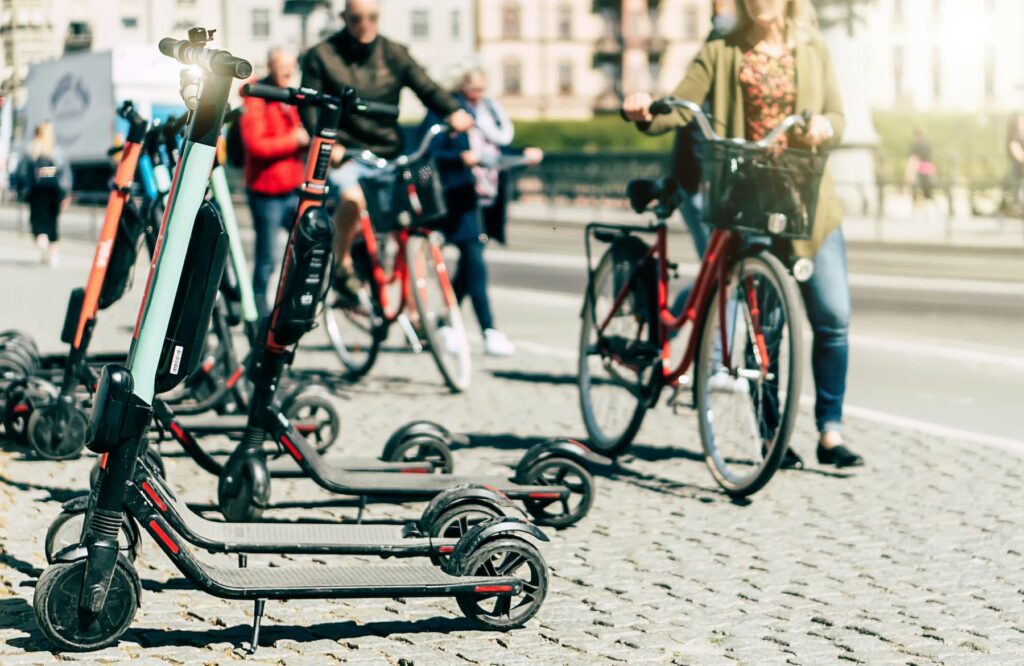Fueled by lockdowns, shelter-in-place mandates, and worries of virus spread on buses, trains, and rideshare vehicles, micromobility has become one of the most trusted ways of getting around. Yet even though the transportation market seems ready to adopt micromobility as the future, there is more companies in this industry can do to deliver on the demand for game-changing solutions.
When I look at micromobility, I can’t stop myself from comparing it to the Golden State Warriors of 2015 (I had to find a way to mention the Bay). Against all odds, the 2015 team secured the NBA title for the Warriors for the first time in 40 years. While their success was a surprise to most and many thought it wouldn’t last, the team maintained its level for another 4 years, competing every year for a championship and succeeding 2 more times, to the point where not seeing them in the finals was a surprise.
Micromobility is at that very moment in time where the Warriors were after their first championship. Where it needs to confirm. To grow from the hype into a megatrend. To show that it’s here for the long haul (no pun intended).
$4.1B worth of bikes were sold between January and December 2020 in the U.S. alone, and that’s excluding eBikes: a 62% increase year over year (YOY). You read that right. Focusing on eBikes: we’re talking about a 144% increase in sales YOY. On another note, scooter and bike rides (shared micromobility) plummeted before increasing again as lockdowns went on and off across the country (and the world).
We believe micromobility is the future. And for many reasons: it’s practical, it’s environmentally friendly, and it’s a more sustainable mode of transportation thanks to reducing congestion and many other undesirable side effects of cars. However, our micromobility future isn’t going to happen without a lot more innovative thinking, hard engineering, and user testing. There are multiple challenges ahead, and an existential question remains around which type of micromobility—shared or owned—will succeed long term, if not both.
What could be preventing micromobility from winning another championship in 2021 and beyond? Let’s take a look.
The Game Changers
Having worked with micromobility companies in designing and deploying vehicles in the streets, we have developed an acute understanding of what it takes for vehicles and systems to be successful. Having said that, there is always room for improvement and we recently had the opportunity to discuss just that with some of the titans of the industry: Lyft, Unagi Scooters, and Knack Design (watch The Future of Micromobility panel recording here).
Theft, congestion and sidewalk use, overall rider behavior, as well as an improved user experience and available features in shared micromobility were some of the areas where the audience seemed to have a specific interest. Below are the key considerations we think the industry will need to address to stay on top:
Safety
While a lot of specific use cases could fall into this category, we believe making the vehicle safer to use (for the rider and people around) will be a driving force from an innovation standpoint.
Sensors, cameras, edge computing, and data collection (ideally creating a feedback loop to the user through an app or the vehicle itself) would be great candidates to solve this challenge.

We’ve seen Lime promote its sidewalk detection enabled vehicles, and Bird promote anti-tipping and self-reporting sensors for damage detection. We’ve even done some of our own investigating of sidewalk detection technologies. If MaaS operators (Mobility as a Service) identify inexperienced or first-time riders, could sensors allow them to modify the vehicle’s capabilities in real time? Imagine if the speed could be reduced, or audio push notifications could engage the rider in riding safely, or if they could provide navigation (through audio or visual) that was fit to the rider’s ability to ride safely—maybe by pointing them down less frequented streets or ones with bike lanes.
Pick-up & Drop Off
Where to find an available, fully charged (and undamaged) scooter remains one of the main pre-ride challenges specifically for shared micromobility.
We’ve seen charging hubs and swappable battery technologies appear, not necessarily solving the issue for the rider, nor for the operator spending time and money to identify dead vehicles and replacing them manually. Could this be automated in some way, shape or form? Or could the rider be educated/influenced on where to drop the scooter when done, maybe through a combination of sensing and gamification to influence the behavior?
Navigation
One of the other frustrations I personally experienced riding scooters, was the inability to follow the optimal itinerary to get from point A to point B, without having to stop and check my phone or map on my smart watch. The tech is there, and available, for scooters to integrate these features and guide the rider through audio and/or visual indications on the main control screen. I say, why not?
Inclusivity and Equity
Scooters may seem to be an option for all social categories to access a way of moving around. For example, there’s lower entry cost than owning or renting a car. However, it’s not as inclusive as we think. Scooters aren’t available everywhere, and geofencing (while serving the overall experience in dense, urban areas) could prevent one from riding back home, if home is located in a red zone.

Multiple city-led studies have concluded that micromobility users tend to be younger, upper class, white male individuals. This can be partially attributed to the fact that riding comes with the prerequisite of having a smartphone and a data plan. Could scooters and bikes accept different forms of payments through coin machines, card swiping, or biometric tech? From a vehicle design & accessibility perspective as well as an overall business model, more emphasis needs to be placed on making sure micromobility works for all.
And, last but not least…
Autonomous Tech
This is (and I have to agree), the biggest buzzword in this article so far and although I’m sure not everyone will agree, I’m ready to jump on the autonomy bandwagon. At the end of the day, this is a technological breakthrough which will dramatically change the transportation industry as a whole. What key experiences and use cases could autonomy facilitate or give birth to, for the micromobility sub-segment? Could a vehicle brake on its own to avoid impact or hazard? Without having to search for it, could an available, fully charged scooter drive itself to find me? Could speed be automatically reduced when in a congested street, or bike lane full of other scooters and bikes?

These are not new ideas; in fact you can ride-hail or buy a car that does all of that. So why is micromobility behind? The reality is that right now, the use of expensive materials such as sensors, cameras, and lidars would significantly drive up the cost of scooters and ebikes. Not only that, the current tech is quite bulky, making it hard to deploy on smaller size vehicles (compared to cars). The good news is that micromobility isn’t starting from scratch, but investing in the product development effort to reduce cost and size of these technology solutions is no small task. Both riders and MaaS operators will benefit from the investments to bring these innovations to micromobility in the most thoughtful way possible.
In It for the Long Haul
Going back to the Warriors analogy: the team had to reinvent itself every game and every season, adding key players to its roster to maintain a high level performance (with the non-negligible addition of Kevin Durant to an already well oiled machine).
From a technology standpoint, out of all the potential game changers discussed here (or not), which one do you think will be the Kevin Durant of micromobility? The X factor giving it the edge over other transportation alternatives, for the long haul?

